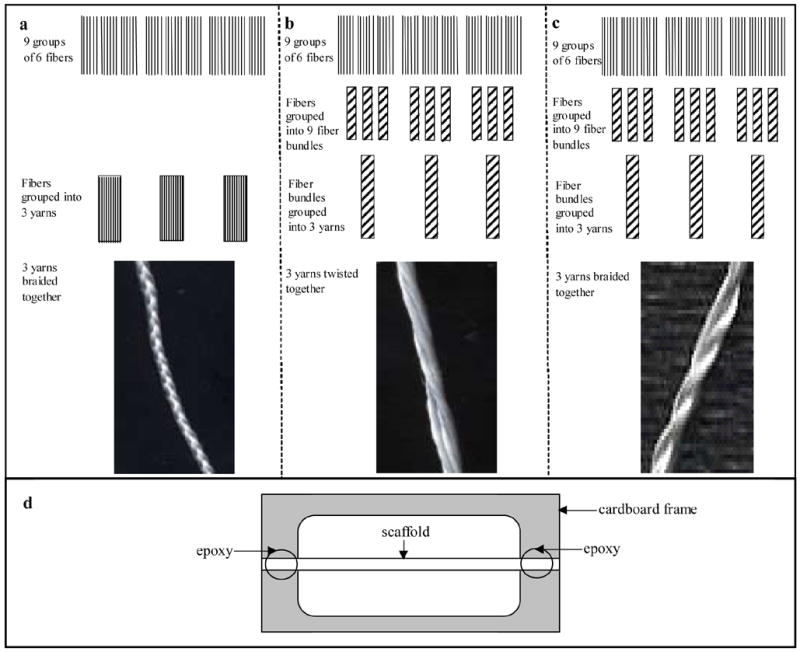Polymer Fiber Braiding
Bihan Chen
BME 240: Introduction to
Clinical Medicine
One of
the attempt at a proper tissue-engineered graft was the use of polymer
fiber braiding. The graft must possess mechanical properties
similar to the ACL so researchers combined techniques of polymer fiber
braiding and twisting to design a novel poly l-lactic acid (PLLA)
scaffold. The scaffold is designed to mimic the biomechanical profile
and properties of the ACL. In a study done by Freeman et al.,
braid-twist scaffolds were constructed and compared to braided
scaffolds and twisted fiber scaffolds individually.
Their conclusion was
that the addition of fiber twisting to the braided scaffold resulted in
a significant increase in the ultimate tensile strength (Su),
an increase in ultimate strain [freeman, et al]. Thus, the braid-twist
scaffold could pose to be a promising construct for tissue engineering
of the ACL although still no where close to possessing the mechanical
properties required to completely imitate the ACL.
The figure shows the schematic for how the braids were designed:




